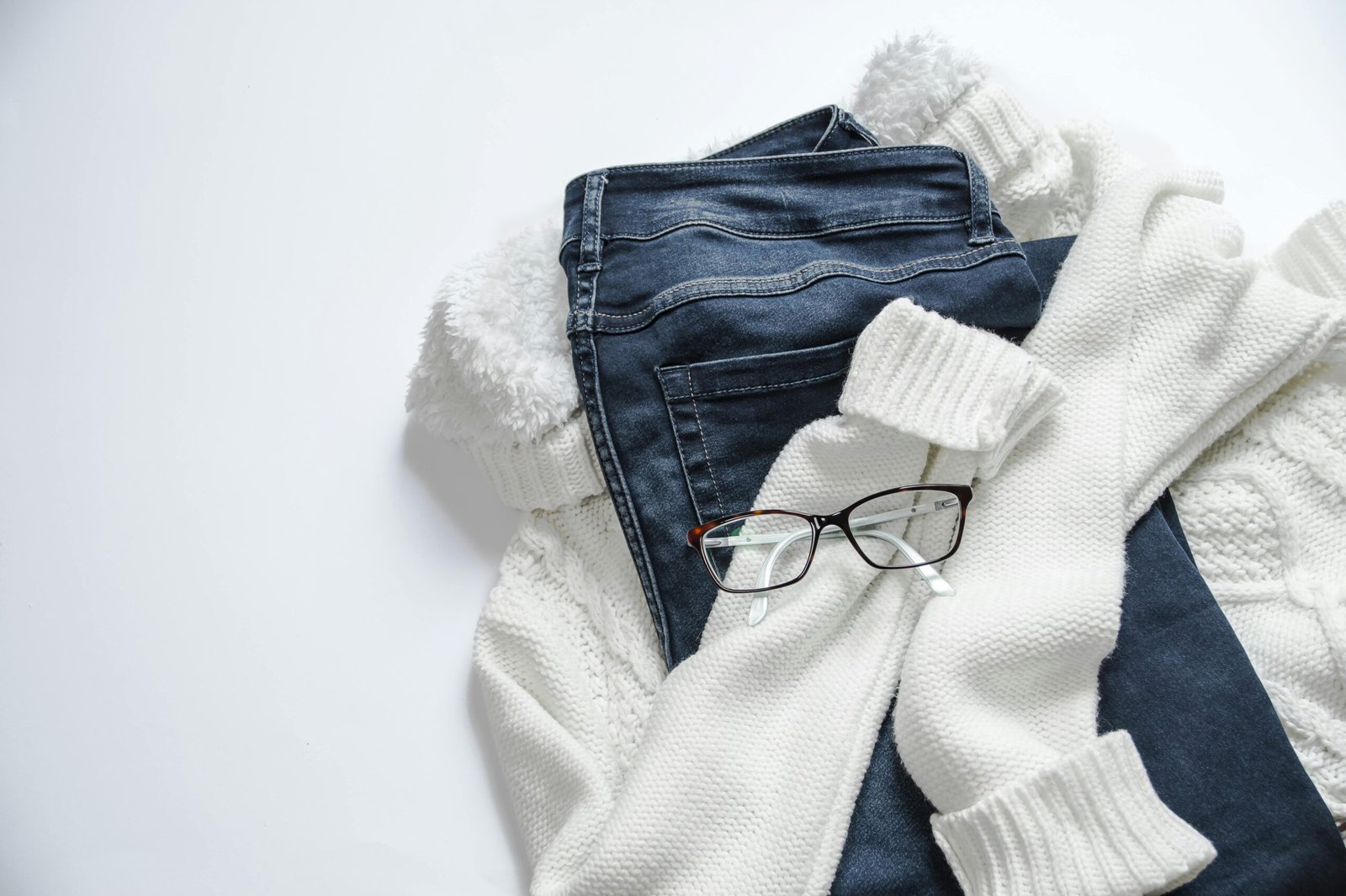Photo Credit ( Pixels )
As a senior seeking assistance with everyday mobility, you may have read about assistive technology. However, assistive clothing is a different kind of accessibility that’s meant to make things simpler and goes well with equipment.
Even with a caregiver’s help, getting dressed and undressed every day can be a challenge for anyone who has lost their ability to move around. Because of this, clothing manufacturers are gradually releasing a greater number of goods with designs that are simpler to put on and take off than those of their regular counterparts. Not only are niche accessibility brands producing these items, but some of the largest apparel brands are also providing items that cater to the demands of the community of people with mobility impairments while maintaining their distinctive styles and brands.
This post will go into great detail regarding five different uses for “assistive” clothing design that you may come across whether looking through clothes online or in a store. In order to get the best selection and price on assistive apparel, we advise conducting internet research before making any purchases. Depending on where you reside, you may even want to consider ordering online.
- Use magnetic fasteners rather than buttons or domes
Given how difficult buttons and domes can be to operate with complete hand dexterity, it is not surprising that someone with limited mobility would find these difficult.
As an alternative, assistive clothing producers have embraced the use of magnets to secure clothing openings, making removal as simple as a gentle tug and fastening a question of proximity. For instance, a typical work shirt or blouse has magnetic portions underneath the fabric; to close it, the wearer just needs to find and align each side of the garment.
Certain companies that make these shirts might keep the buttons or domes looking like they do on the outside while just adding the magnetic element underneath, giving the wearer the convenience of accessible apparel without compromising style.
Some pants also include this magnetic mechanism, which works on the same principle as a little zipper or button to eliminate trouble while maintaining the ability to fasten.
- Pants with elastic waists
Although elastic waisted trousers are frequently seen in tracksuits and kid’s apparel, they are also a great option for regular pants for individuals with limited mobility.
Putting on pants in the morning can be difficult for many senior people with mobility limitations because a typical pair of pants may not yield much, requiring some dexterity and coordination. The procedure can be laborious, even with assistance from a partner or caregiver.
The inflexibility of regular pants might then make it difficult to get on or off for bathing or using the restroom, which is inconvenient when time is of the importance.
Several apparel producers are creating stylish jeans, chinos, slacks, trousers, and suit pants with elastic waistbands in place of overcoming these limitations. The waistband is made simply of elastic material for ease, but otherwise retains all of the appearance and functionality of those different forms of pants. Stretchy fabric is often included into the design of these pants, which facilitates easy movement of the feet, lower limbs, and upper legs during daily usage and removal.
Although track suits are occasionally an excellent option, don’t assume that wearing pants with elastic waist bands always translates into that. You should be able to find many possibilities to test that could end up being wardrobe staples, ready for any occasion life may throw at you, by doing some online research and reading reviews.
- Shirts with open backs
The purpose of an open-back shirt is to minimize upper body tension and stretching when putting on or removing the garment. The wearer must have some range of motion to place their arms and shoulders in order to put on or take off a shirt with an opening in the front.
When a shirt designed for accessible clothing has a back opening—whether it is through buttons, magnets, or domes—a caregiver can assist the person in getting dressed or undressed without forcing them to stretch. Putting on an open back shirt can be done with the arms straight out in front of you; this is usually a simpler motion for a person with limited mobility than putting on a regular shirt.
The process of taking off the shirt is more simpler: all that is needed is assistance from a caregiver to loosen the rear opening, which causes the shirt to quickly separate from the front. These clothes are useful for everyone healing from an injury with broken arms, not only seniors who have limited mobility.
These open-back shirts could potentially be available in a version that can only be placed on or removed by a caregiver. This shirt style can be a huge help to those with dementia or Alzheimer’s disease who struggle with unintentional undressing—both the person receiving care and the person themselves.
- Pants with side zips
Many situations arise where mobility—even with a stretchy material or flexible waist—makes it difficult to take off pants fast. Often, zipping pants open from the sides is a quicker method of taking them off than tugging them off.
When it comes to taking off and cleaning up, these trousers are incredibly convenient because they zip all the way down the leg, making it easy for a caregiver or, if the wearer is capable, the individual themselves. Once they have zipped down far enough, the caregiver can either remove them off the feet or zip off both sides completely, leaving the front and back in separate parts. The side zip pants can be taken off while the wearer is still sitting motionless in case they are unable or should not move their legs for any reason (like during a rehabilitation phase). Additionally, a caregiver may easily put these pants back on, enabling the person with limited mobility to sit on the back portion and have the front zip on without any effort or movement.
The same side zip feature is accessible in a wide variety of clothing styles, much like magnetic fasteners and open back shirts. Therefore, there have to be a decent assortment available for a senior with mobility issues who desires variation in their outfit. To find out where and what sorts of side zip trousers are available, we advise starting your search online.
- Shoes with Velcro
The 1950s saw the discovery of velcro by Swiss inventor George de Mestral, which had a significant impact on the apparel industry by providing a simple method of fastening fabrics. It was also widely used in numerous other industries.
The “hook and loop fastener” innovation, created by the British business, has previously been highly well-liked by young children and the elderly, who may lack the strength or coordination to wear laced shoes with ease. However, because of its simplicity, velcro fastened shoes have also become popular in sports and lifestyle footwear for people of all demographics.
Velcro-based footwear is a wise option for an elderly person who has difficulty putting on and taking off their shoes. Although there are variations in the velcro fastening methods for shoes (e.g., one strip on one side or one strip on both sides), all velcro-fastened shoes offer the same fundamental functionality and advantages. Elderly people wishing to purchase shoes have a lot of options because velcro shoes have been around for decades. You can visit your neighborhood shoe stores or hunt up the exact kind you want online.
Another option to consider if velcro isn’t quite perfect for your needs and a caregiver is on hand to assist is zip-off accessible shoes. Some of these require no pulling at all on the foot because the shoe uppers zip off completely around the shoe.
Additional tips for simplifying clothing without compromising style
You don’t have to let accessibility in apparel dictate your personal style. There are sufficient options to satisfy your own preferences without adding unnecessary complexity to your life. Here are a few more brief guidelines for wearing accessible clothing:
Alter your favorite clothes: A skilled seamstress or tailor might be able to make adjustments to your wardrobe staples so you can continue wearing them even if your mobility declines.
Accessible clothes can be coordinated with hats, scarves, watches, spectacles, and other accent pieces to complete an ensemble.
If you find an item of affordable clothes that you truly enjoy, you might want to purchase several or different variations of it. The variety of options that are available online can be bewildering, and occasionally items change or run out of stock. Purchasing several of “the” shirt design might not be a bad idea if you locate one that’s ideal. A week’s worth of negotiations is also simpler when there are fewer designs to work with than seven.
Consult with your physician and occupational therapist regarding your mobility demands and how they will likely change over the course of the next year or two. It is preferable to choose clothing that will continue to fit your needs for a significant amount of time.
Please feel free to dress normally as long as it works for everyone. There isn’t just one “state” of impaired mobility. Certain aspects of mobility are easier for many elderly people than others. Look into accessible pants exclusively, for example, if putting on pants is difficult but putting on a shirt is simple.

